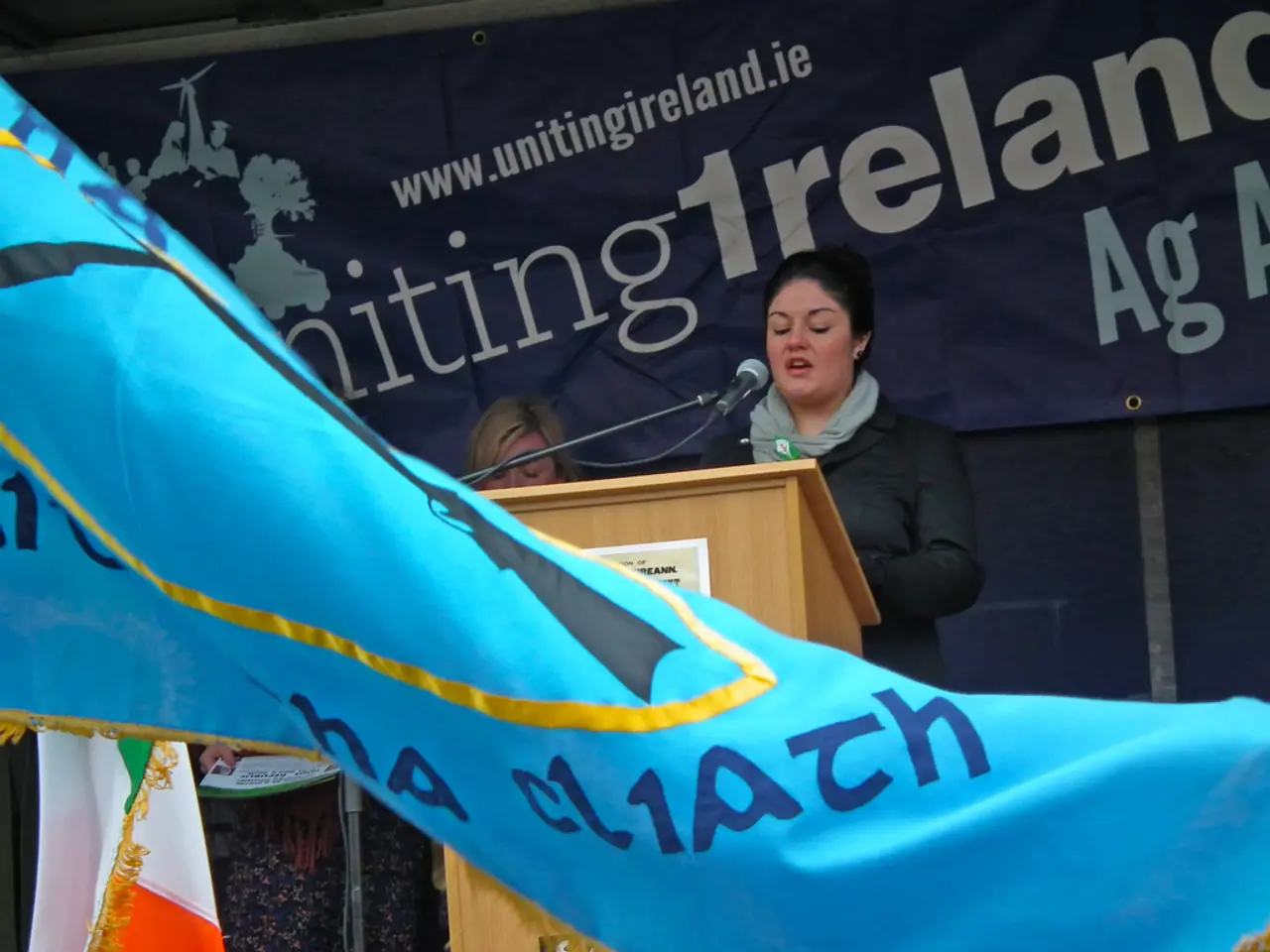Flutterwave downsizes its workforce by half in Kenya and South Africa, a move aimed at boosting profits and gearing up for an Initial Public Offering (IPO).
In a strategic move to reduce operational costs and move closer to profitability ahead of a potential Initial Public Offering (IPO), African fintech unicorn Flutterwave is reducing its workforce by about 50% in Kenya and South Africa.
The layoffs, which started in March 2025, have primarily impacted compliance, legal, human resources, and sales departments in these two markets. This staff reduction follows a performance and strategy-led review aimed at ensuring the company operates at the highest standards across all business areas.
Notably, about half of the 20 employees in Kenya were laid off, with further voluntary resignations following, including key regional managers. In South Africa, the layoffs mostly affected the sales team, with more than half of staff reportedly impacted, although exact figures were not detailed.
Despite the layoffs, the company has awarded bonuses and promotions to high-performing employees, signaling a shift toward becoming a more disciplined, enterprise-focused organization prioritizing sustainable growth and profitability as it prepares for its IPO. Flutterwave is also working to secure critical Payment Service Provider licenses in Kenya and South Africa, which are progressing as planned but remain pending.
Flutterwave's CEO, Olugbenga Agboola, has stated that the company would go public once it achieves profitability. In line with this, the company is reportedly rehiring for similar roles in Nigeria, its home and strongest market, due to Nigeria’s lower operating costs and a more stable regulatory environment.
This restructuring reflects growing investor pressure to reduce burn and deliver profits. Flutterwave is trimming operations in more expensive markets, such as Kenya and South Africa, while expanding in more cost-effective regions like Nigeria.
The layoffs mark Flutterwave's most significant internal restructuring to date. Key personnel, such as Leon Kiptum, former East Africa regional manager, and Saruni Maina, associate VP, stablecoins, have departed from the company. However, the company's cost discipline suggests it is preparing for a public listing.
The last funding round for Flutterwave was $250M in Series D, 2022. The company's units in Kenya and South Africa are facing regulatory headwinds, but Flutterwave is still awaiting a PSP license in Kenya, having received name approval from the Central Bank in 2023. South Africa has yet to grant similar licensing to Flutterwave.
Sources suggest that Flutterwave is cutting roles in countries seen as expensive to run. While this restructuring may be challenging for the affected employees, it is a strategic move that positions Flutterwave for long-term success and profitability.
- In an effort to optimize resources and enhance profitability, Flutterwave, a leading African fintech company, is exploring the integration of advanced technology solutions into its business operations, with the aim of improving efficiency and reducing operational costs.
- As Flutterwave prepares for a potential Initial Public Offering (IPO) and seeks to establish itself as a financially disciplined organization, the company is making strategic choices that prioritize technology adoption, business agility, and profitability over operational expenditure, which includes layoffs in certain markets.




